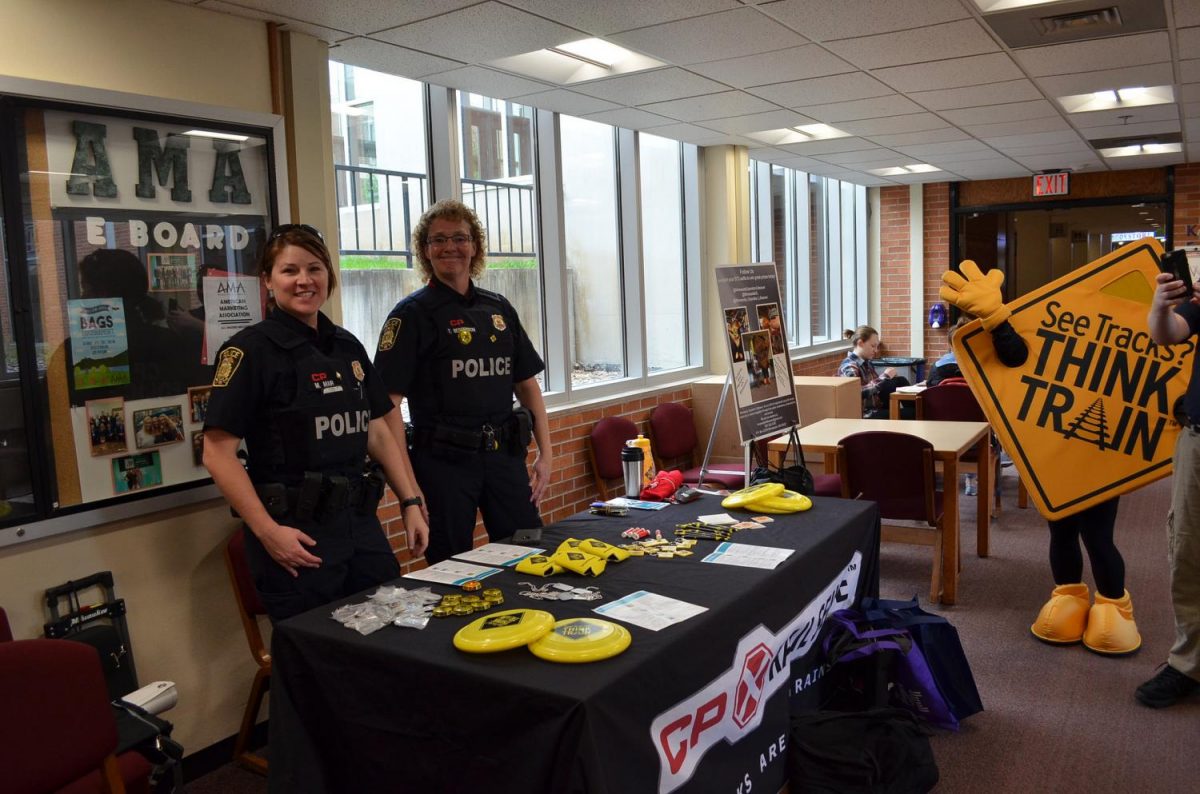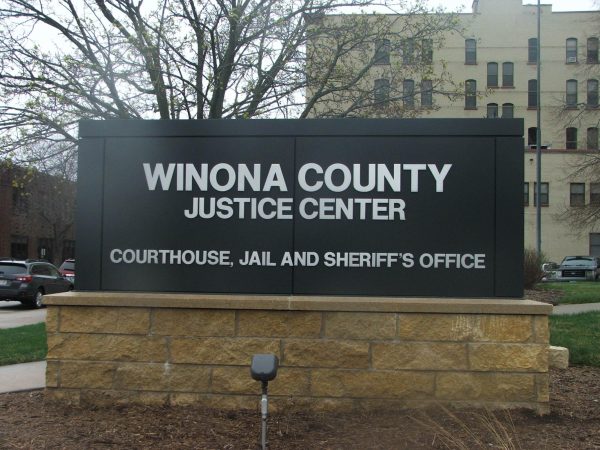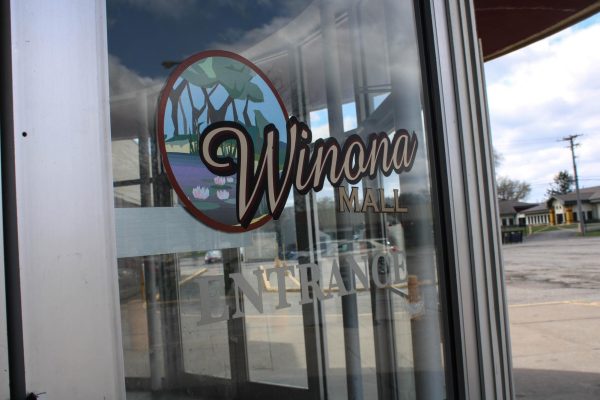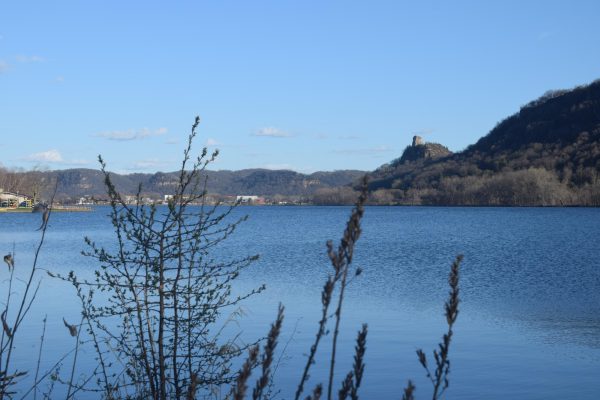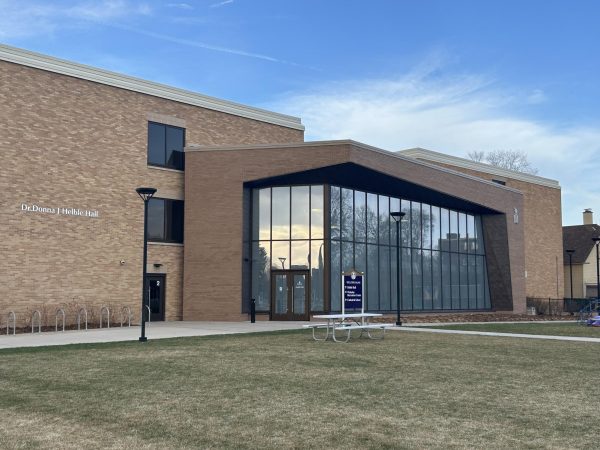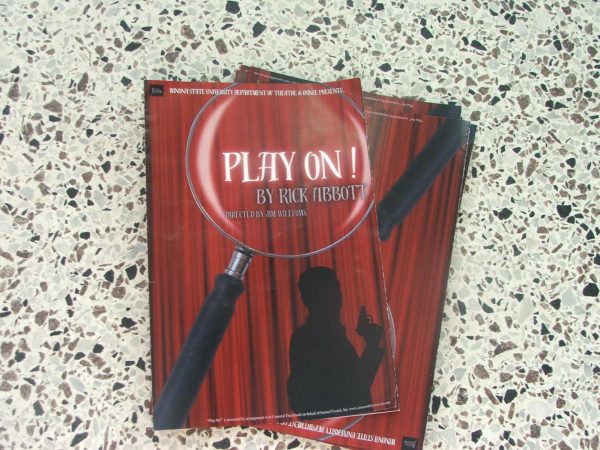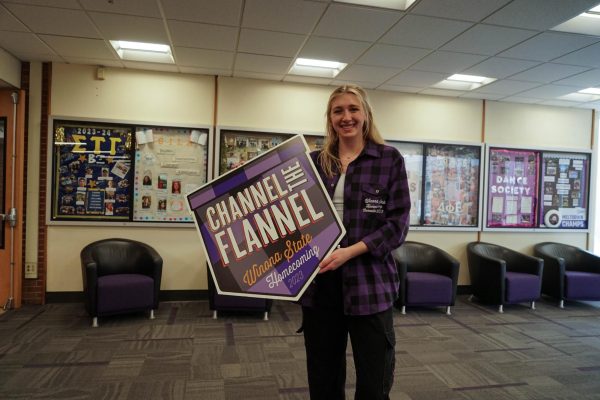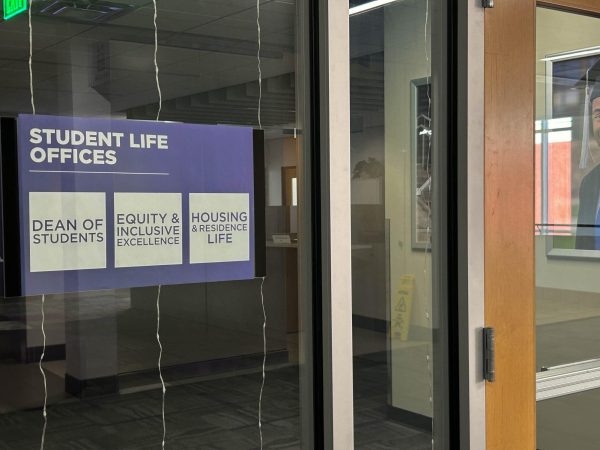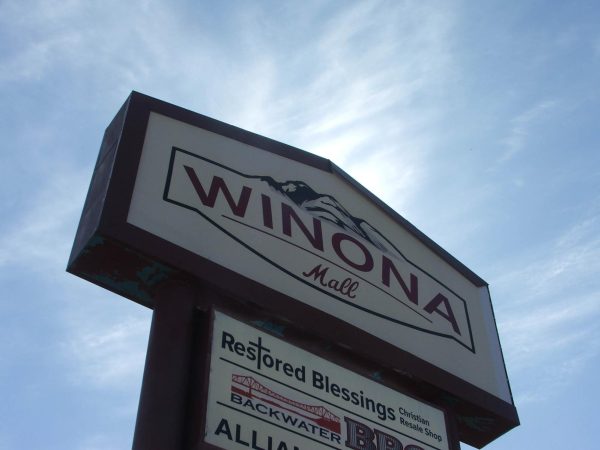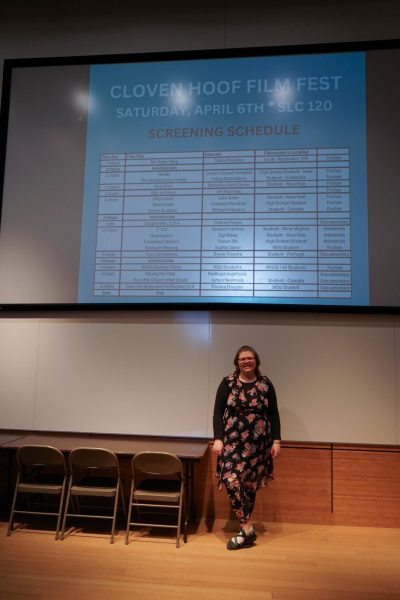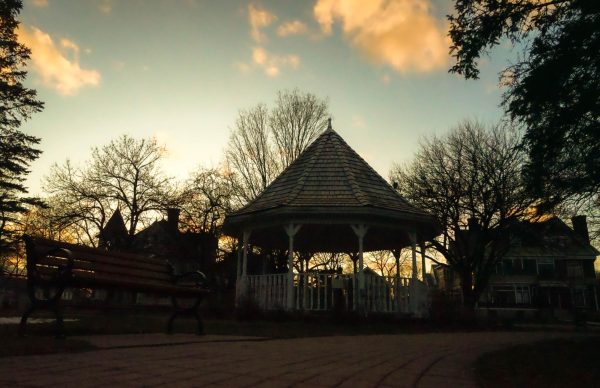Organization educates students on rail safety
Left to right: Officers Michele Mair and Tracy Bergerson join forces with members of Minnesota Operation Lifesaver volunteers to educate Winona State students on train safety. At the table students could answer trivia questions on a variety of train safety facts to win a prize.
October 4, 2017
Wednesday, Sept. 27, members from Minnesota Operation Lifesaver came to campus to share information about the dangers of train tracks.
Minnesota Operation Lifesaver is a state-wide office that educates community members with information to make safer decisions about traffic and trains.
This program is an affiliate member of both an international and national program. Operation Lifesaver Inc. is a national program, and is located in Washington, D.C. The Minnesota sector is a private educational non-profit organization.
Last week, Executive Director and State Coordinator for Minnesota Operation Lifesaver, Sheryl Cummings and Jeanine Black, an authorized volunteer, came to campus to share information about civilians and trains.
Black shared that she has trained to be able to go to schools and community groups to help educate the public about rail safety. She stated why Winona is a significant area to inform about rail safety.
“Winona State [University]has built on both sides of the railroad tracks and these tracks now run through the middle of Winona because Winona itself built up around on both side of the railroad tracks,” Black said. “The railroad tracks are a part of the daily reality of anyone in Winona but also for Winona State students. We want to raise awareness that you need to be safe.”
The program incorporates the “Three E’s of Preventing Tragedies.” The Minnesota Operation Lifesaver is the first “E”, Education. They help inform people about the dangers of trains and railroad tracks. The second “E” stands for Engineering, which makes more advanced warning devices with the crossings and are tools meant to help civilians make safer decisions. The final “E” is Enforcement, in which the program partners with law enforcement, to express the laws around train property. Including that it is illegal to go on train property that does not have public crossings, such as sidewalks, connecting one side of the tracks to another.
Minnesota Operation Lifesaver provides programs to inform many different audiences across the state, including elementary school-age children, driver’s education classes, law enforcement, bus drivers and more.
Operation Lifesaver is partnered with the Federal Railroad Administration, who gives data about where incidents are occurring and figure out where it is important to go talk about the dangers in a certain area.
Volunteers like Black are trained to provide education for these different groups, according to Cummings.
“The majority of outreach starts with our volunteers. We have over 100 all across the state, through all walks of life,” Cummings said, “they all just really care about making a difference in their community … and can make a difference somewhere,”
Cummings said how important these statistics are to share with communities because some people are unable to understand the reality of the situation without these numbers.
One significant piece of data is that 95 percent of all rail-related deaths involve drivers going through a crossing or a person being on the tracks.
Cummings shared three important things that everyone needs to know when dealing with trains and their safety.
“When you approach a crossing and see a train, it may be closer than it appears because of their size and the angle at with you’re seeing them at, it’s nearly impossible to be able to tell how far away it is and how fast it’s going,” Cummings said. “[Also,] anytime that there is more than one track, you need to be on the lookout for more than one train.”
She also said that it is never safe and never legal to be crossing or near tracks unless it is a designated public crossing, because trains can be really quiet and can sneak up on you, especially if distracted.
“It is best to stay off and stay away [from the tracks] because that’s the best way to stay alive,” Cummings said.























































